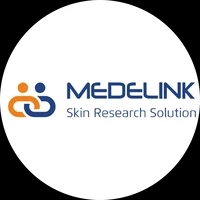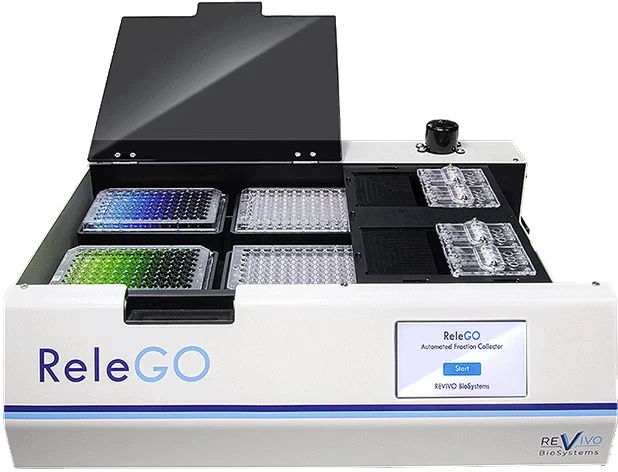Medelink introduces innovative skin-on-chip and microfluidic chips for cosmetic testing solutions that are transforming how researchers and cosmetic brands evaluate product safety and performance. Moving beyond animal-based testing, these technologies simulate real human skin environments, enabling researchers to obtain accurate, reliable results while maintaining ethical standards.
As part of Medelink’s mission, these devices empower pharmaceutical, dermatology, and cosmetic professionals to test new ingredients and formulations safely, efficiently, and responsibly.
What Is a Skin-on-Chip and Microfluidic Chip for Cosmetic Testing?
A microfluidic chip for cosmetic testing is a small, advanced device that mimics the natural structure and function of human skin. It integrates living cells into a micro-scale fluid network, enabling scientists to observe how products interact with skin-like tissues under realistic conditions.
Similarly, the skin-on-chip for cosmetic testing recreates real-time biological responses — such as hydration, irritation, or wound healing — within a controlled microenvironment. These models offer the precision and depth of insight that traditional 2D or 3D cultures often cannot achieve.
Why Medelink’s Technology Stands Out
Medelink’s skin-on-chip for cosmetic testing systems is designed to make research more practical, ethical, and cost-effective. They bridge the gap between lab experiments and human trials by providing near-real skin accuracy without animal use.
Key advantages include:
- Realistic biological behavior: Continuous flow mimics natural blood circulation.
- Temperature and flow control: Maintains 37°C for optimal tissue performance.
- Extended tissue viability: Samples stay functional for longer testing durations.
- Multiple test compatibility: Supports anti-aging, wound healing, pigmentation, and safety assessments.
These features enable users to run tests on both real human skin explants and synthetic models, providing flexibility for various cosmetic research needs.
Applications in Modern Cosmetic Research
Medelink’s microfluidic and skin-on-chip technologies are used in multiple testing applications:
- Product efficacy tests – Evaluate claims such as anti-aging, brightening, or hydration.
- Safety testing – Assess irritation, corrosion, and phototoxicity without animal trials.
- Permeation and absorption studies – Measure how active ingredients penetrate the skin barrier.
- Wound healing and repair – Observe tissue regeneration in real time.
Researchers can run up to 12 samples simultaneously, improving study efficiency and reducing costs.
Ethical and Cost-Effective Innovation
With global regulations restricting animal testing, Medelink’s microfluidic chip for cosmetic testing provides a scientifically advanced alternative. It helps laboratories achieve faster results while lowering material consumption and manpower requirements.
By focusing on reproducibility and standardization, Medelink ensures that every test yields consistent, trustworthy data—critical for product validation and marketing claims.
Medelink: Leading with Science and Responsibility
Based in Canada, Medelink continues to support dermatologists, cosmetic scientists, and pharmaceutical researchers with cutting-edge research devices and software-based testing solutions. Their commitment to science-driven, non-animal technologies reflects a vision of smarter, more sustainable innovation in skincare and cosmetics.
For those exploring ethical testing options, Medelink’s skin-on-chip and microfluidic chip for cosmetic testing platforms offer a modern, reliable path toward accurate results and responsible research.



